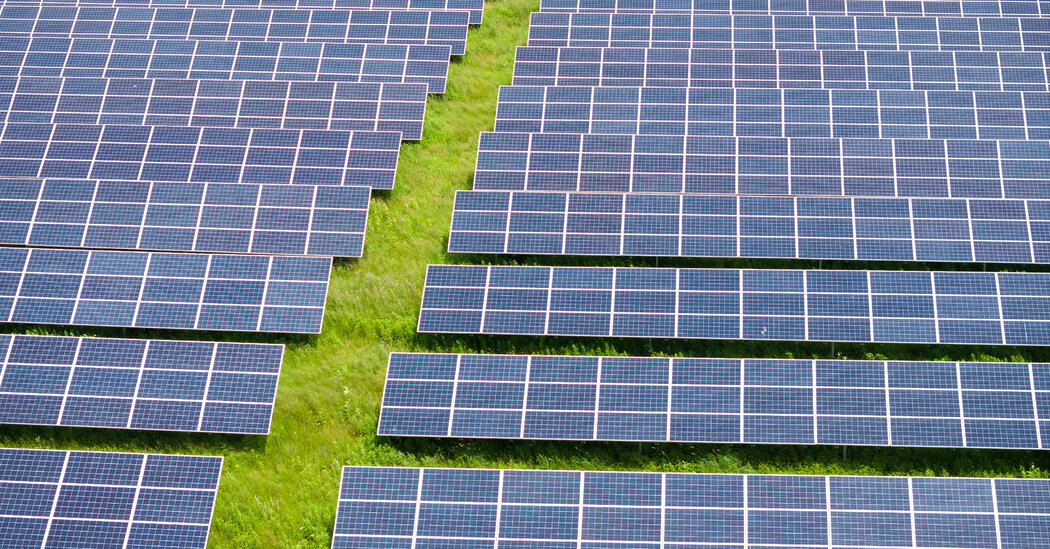Surge in Solar Energy Capacity in the U.S. Power Grid
In a remarkable shift towards renewable energy, the U.S. power grid added approximately 50 gigawatts of solar generation capacity in 2024, marking the highest annual growth from solar in over twenty years. This data was highlighted in a recent report by the Solar Energy Industries Association and Wood Mackenzie, released on Tuesday.
Balancing Criticism and Momentum
The release of this report coincided with critical statements from U.S. Energy Secretary Chris Wright, who, in remarks at the CERAWeek energy conference in Houston, questioned the ability of solar and wind energy to meet the increasing global electricity demands. He contended that the push for renewable sources has led to rising energy costs and challenged their long-term viability.
Political Perspectives on Renewable Energy
Wright’s echoing sentiments reflect a broader skepticism within certain political circles regarding renewable energy, particularly among conservatives, including former President Donald Trump. They have expressed intentions to retract many of the climate policies enacted by the Biden administration, which promoted renewable energy as a solution to climate change.
The Energy Landscape: Challenges and Opportunities
Wright articulated concerns about the practical limitations of wind and solar power, stating, “Beyond the obvious scale and cost problems, there is simply no physical way wind, solar and batteries could replace the myriad uses of natural gas.” Yet, despite these criticisms, the U.S. Energy Information Administration has forecasted that solar and battery storage will continue to lead capacity installations in 2024.
Industry Insights and Future Demand
Renewable energy advocates welcomed the impressive growth of solar power, especially as electricity demand is anticipated to surge. Abigail Ross Hopper, President and CEO of the Solar Energy Industries Association, emphasized the need for substantial electricity production to cater to expanding sectors like data centers and artificial intelligence, describing solar and storage as cost-effective solutions.
John Ketchum, CEO of NextEra Energy, further affirmed this momentum by stating, “Renewables are ready to go right now because they’ve been up and running.” This reflects a growing recognition within the industry of solar energy’s ability to quickly provide new electricity generation capacity.
Economic Implications of Renewable Energy
While the advancement of solar energy marks progress, concerns linger over rising electricity costs, with the average monthly bill for 1,000 kilowatt-hours of usage escalating to $162.60 in December 2024—an increase of 4 percent from the previous year. Wright attributed part of this rise to fluctuating oil and natural gas prices, as well as overdue improvements to the national grid.
He noted that “Wind and solar… supply roughly 3 percent of global primary energy,” implying that increased adoption in these sectors could potentially drive up grid prices and decrease stability.
Looking Ahead: Navigating Energy Needs and Climate Goals
With electricity demand projected to increase by 55 percent within two decades—mostly driven by industrial growth and data center expansions—experts highlighted the necessity for policies that ensure energy affordability, reliability, and safety, while also tackling environmental concerns. Ernest Moniz, former energy secretary under the Obama administration, remarked, “There’s going to be bumps in the road,” as the transition towards a low-carbon future continues.
The current landscape of energy production in the U.S. reflects a crucial junction between harnessing renewable sources and addressing systemic challenges. As solar power gains traction, the dialogue surrounding energy policy is likely to evolve, aiming to balance both expansion and sustainability.


